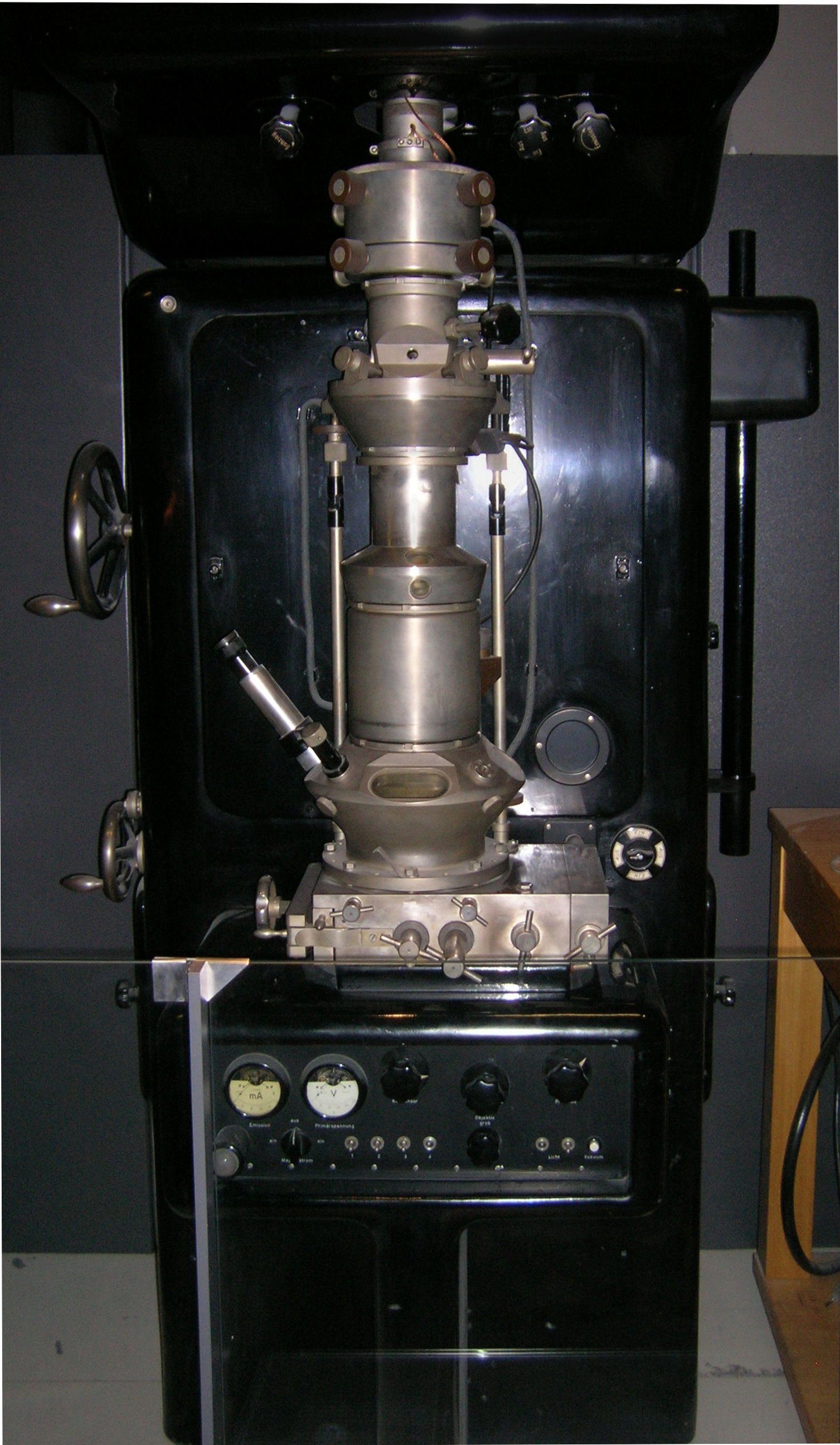|
Siphovirus
''Siphoviridae'' was a family of double-stranded DNA viruses in the order ''Caudovirales''. The family ''Siphoviridae'' and order ''Caudovirales'' have now been abolished, with the term siphovirus now used to refer to the morphology of viruses in this former family. Bacteria and archaea serve as natural hosts. The family had 1,166 species, assigned to 366 genera and 22 subfamilies. The characteristic structural features are a non-enveloped head and non-contractile tail. Structure Viruses in the former family ''Siphoviridae'' are non-enveloped, with icosahedral and head-tail geometries (morphotype B1) or a prolate capsid (morphotype B2), and T=7 symmetry. Their diameters are around 60 nm. Members of this family are also characterized by their filamentous, cross-banded, non-contractile tails, usually with short terminal and subterminal fibers. Genomes are double stranded and linear, around 50 kb in length. Life cycle Viral replication is cytoplasmic. Entr ... [...More Info...] [...Related Items...] OR: [Wikipedia] [Google] [Baidu] |
Siphoviridae
''Siphoviridae'' was a family of double-stranded DNA viruses in the order '' Caudovirales''. The family ''Siphoviridae'' and order '' Caudovirales'' have now been abolished, with the term siphovirus now used to refer to the morphology of viruses in this former family. Bacteria and archaea serve as natural hosts. The family had 1,166 species, assigned to 366 genera and 22 subfamilies. The characteristic structural features are a non-enveloped head and non-contractile tail. Structure Viruses in the former family ''Siphoviridae'' are non-enveloped, with icosahedral and head-tail geometries ( morphotype B1) or a prolate capsid (morphotype B2), and T=7 symmetry. Their diameters are around 60 nm. Members of this family are also characterized by their filamentous, cross-banded, non-contractile tails, usually with short terminal and subterminal fibers. Genomes are double stranded and linear, around 50 kb in length. Life cycle Viral replication is cytoplasmic. ... [...More Info...] [...Related Items...] OR: [Wikipedia] [Google] [Baidu] |
Siphovirus
''Siphoviridae'' was a family of double-stranded DNA viruses in the order ''Caudovirales''. The family ''Siphoviridae'' and order ''Caudovirales'' have now been abolished, with the term siphovirus now used to refer to the morphology of viruses in this former family. Bacteria and archaea serve as natural hosts. The family had 1,166 species, assigned to 366 genera and 22 subfamilies. The characteristic structural features are a non-enveloped head and non-contractile tail. Structure Viruses in the former family ''Siphoviridae'' are non-enveloped, with icosahedral and head-tail geometries (morphotype B1) or a prolate capsid (morphotype B2), and T=7 symmetry. Their diameters are around 60 nm. Members of this family are also characterized by their filamentous, cross-banded, non-contractile tails, usually with short terminal and subterminal fibers. Genomes are double stranded and linear, around 50 kb in length. Life cycle Viral replication is cytoplasmic. Entr ... [...More Info...] [...Related Items...] OR: [Wikipedia] [Google] [Baidu] |
Transmission Electron Microscope
Transmission electron microscopy (TEM) is a microscopy technique in which a beam of electrons is transmitted through a specimen to form an image. The specimen is most often an ultrathin section less than 100 nm thick or a suspension on a grid. An image is formed from the interaction of the electrons with the sample as the beam is transmitted through the specimen. The image is then magnified and focused onto an imaging device, such as a fluorescent screen, a layer of photographic film, or a detector such as a scintillator attached to a charge-coupled device or a direct electron detector. Transmission electron microscopes are capable of imaging at a significantly higher resolution than light microscopes, owing to the smaller de Broglie wavelength of electrons. This enables the instrument to capture fine detail—even as small as a single column of atoms, which is thousands of times smaller than a resolvable object seen in a light microscope. Transmission electron micro ... [...More Info...] [...Related Items...] OR: [Wikipedia] [Google] [Baidu] |
